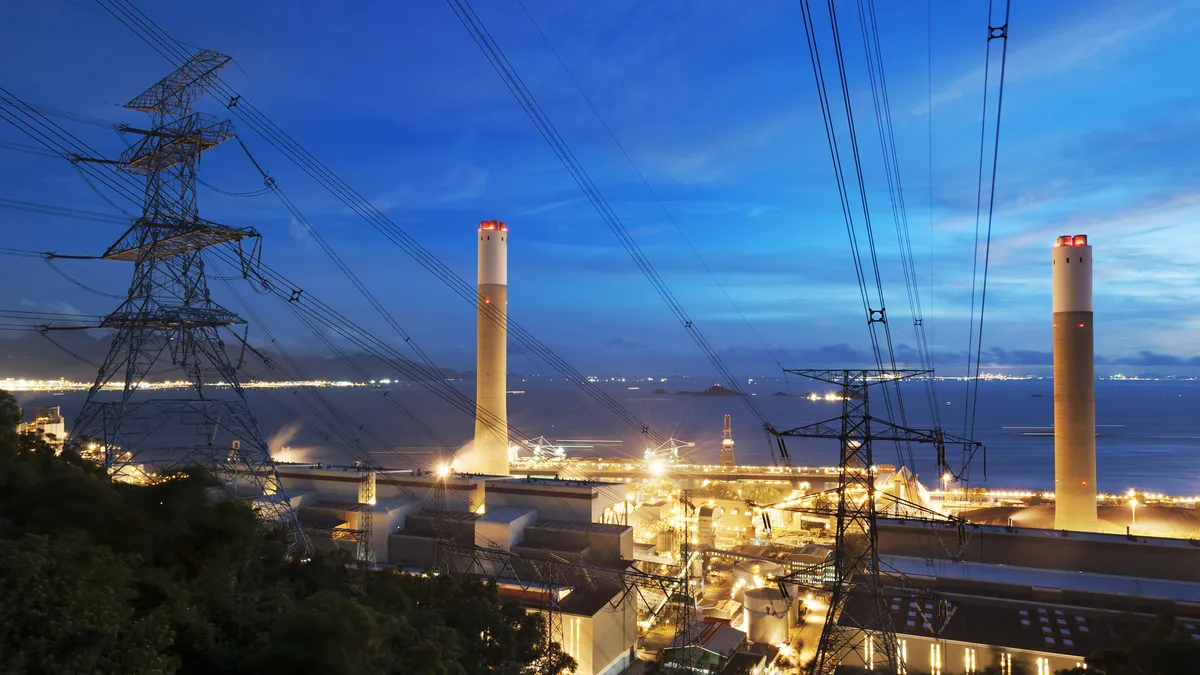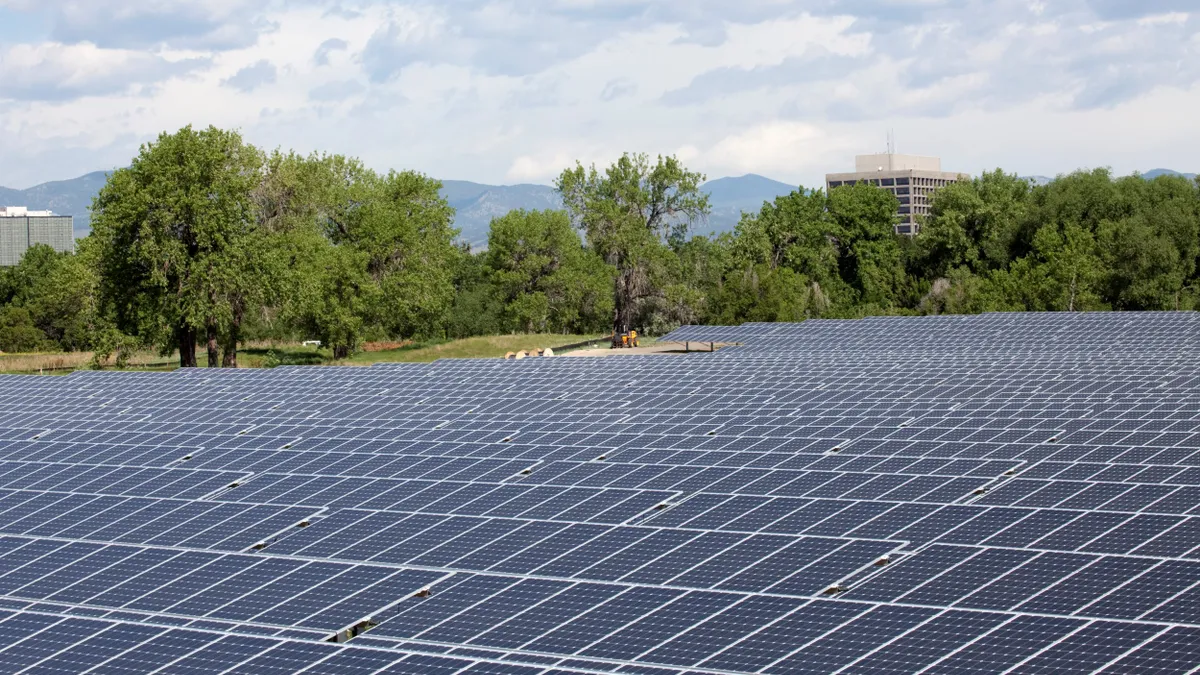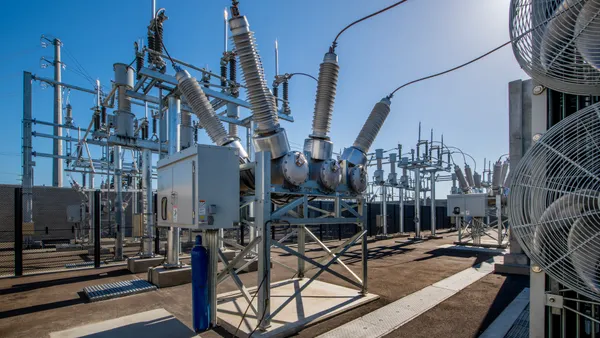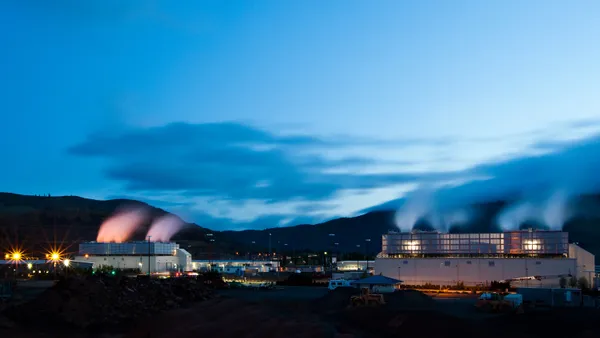Dive Brief:
- Portland General Electric's (PGE) new integrated resource plan envisions no more major power plants and development instead of more customer-side resources: energy efficiency and peak-demand management measures.
- Through the Energy Trust of Oregon, PGE says, it will aim for 124 average megawatts of additional demand reductions by 2017. The utility also will aim to create 25 MW more of demand response and 23 MW more of dispatchable standby generation, which involves large customers integrating their generators into PGE's system so they are available to help meet peak needs.
- The plan, which requires regulators' approval, includes studies to help PGE write its next resource plan, where the company will have to decide on a resource mix to meet Oregon's 20%-by-2020 renewable energy standard. PGE also has to determine what resources will replace capacity from the Boardman plant, which will stop using coal in 2020.
Dive Insight:
The company already is replacing some of the Boardman plant's output with a 440-MW natural gas-fired plan under construction next to the old coal station, to come online in 2016, and is building a 267-MW wind farm near Walla Walla, Wash. It is building gas turbines next to the existing Port Westward gas plant. Now it says it won't build any plants beyond these and any others already in the works. Luckily, PGE's load is not growing, at least in part because of energy efficiency. PGE aims to wring out enough demand-side measures and find enough power imports to make new build unnecessary. An agreement with Bonneville Power Administration for 1,500 MW of transmission capacity could allow such imports if the region's market makes supply available at a good price.













